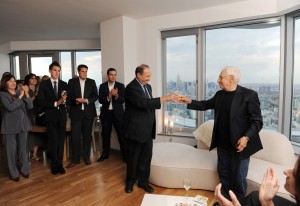
Photo: Philip Greenberg.
The standing of a profession is a measurable calculus, a function of what it brings to the table. Doctors heal, lawyers navigate the complexity of the law, accountants do the same for the tax system, engineers solve problems, whether it is going to the moon or shrinking the size of a computer. What do architects do? Design buildings, of course. A key privilege of a professional is being granted a monopoly in his field. But, as Garry Stevens writes in his 1998 sociological study of architecture, The Favored Circle, “since the products of architects and non-architects are functionally indistinguishable, the profession has never been able to construct an ideological justification sufficiently convincing to persuade the state to allow it to monopolize the design of buildings.” Architects would argue that their buildings are more beautiful, but since there is no consensus about what is beautiful–neither in the profession, nor among the public–that is not much help. Perhaps this conundrum explains the growth of two dissimilar but related phenomena: LEED-ratings and celebrity architects. Beauty is in the eye of the beholder, but a LEED platinum rating is a widely recognized (at least in the US) measure of a building’s greenness. Moreover, it is valued by many building owners, whether they are corporations, developers, municipalities, or educational institutions. Architects themselves can also be LEED-certified. “A LEED plaque is analogous to a college diploma,” observed an architect on a blog, although I can’t remember the last time I saw a framed diploma in an architect’s office. What about architectural stars? Stars don’t have numerical ratings, but they are, in effect, certified–by the media, by prize and award juries, by museum curators, by the academy, and by critics. A certified star can demand higher fees since his or her presence can raise public interest in a project, whether it is aiding fund-raising for a university, increasing attendance for a museum, or promoting sales for a condominium tower. LEED architects and celebrity architects both add demonstrable value to a project.
